Peter Lobner
I recently saw the following spectacular photos of Kelvin-Helmholtz clouds that had occurred a few days earlier in Wyoming. The website EarthSky, which posted the first photo, reported, “Kelvin-Helmholtz clouds are named for Lord Kelvin and Hermann von Helmholtz, who studied the physics of the instability that leads to this type of cloud formation.”
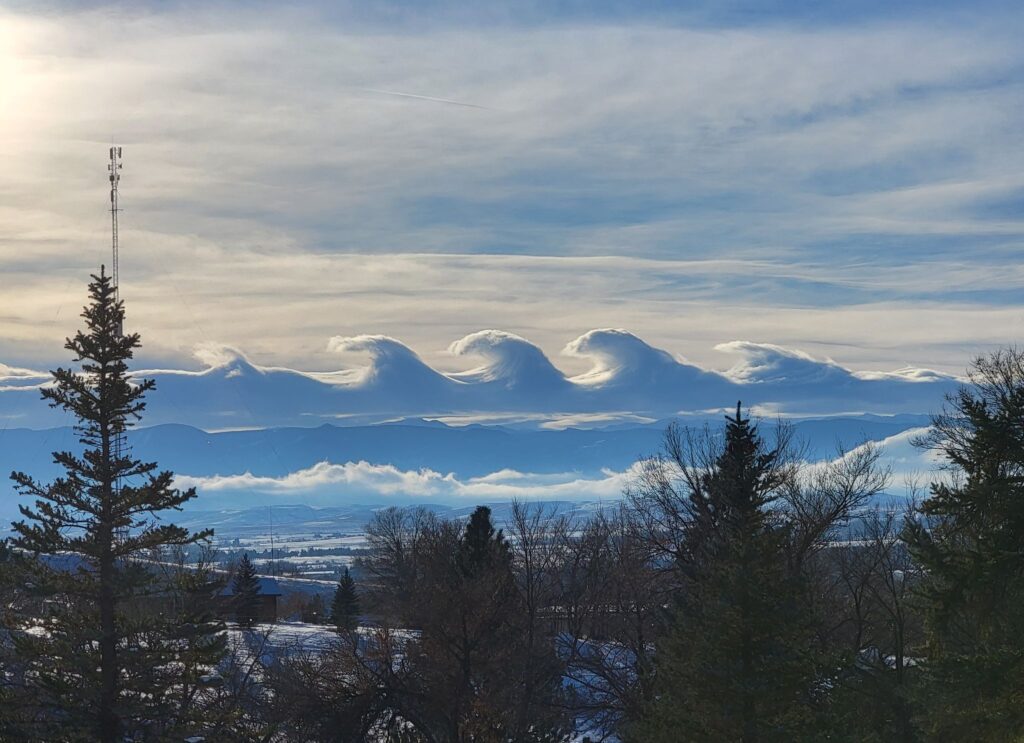
Source: Abbie Long, via EarthSky Community Photos: https://earthsky.org/earthsky-community-photos/entry/54020/
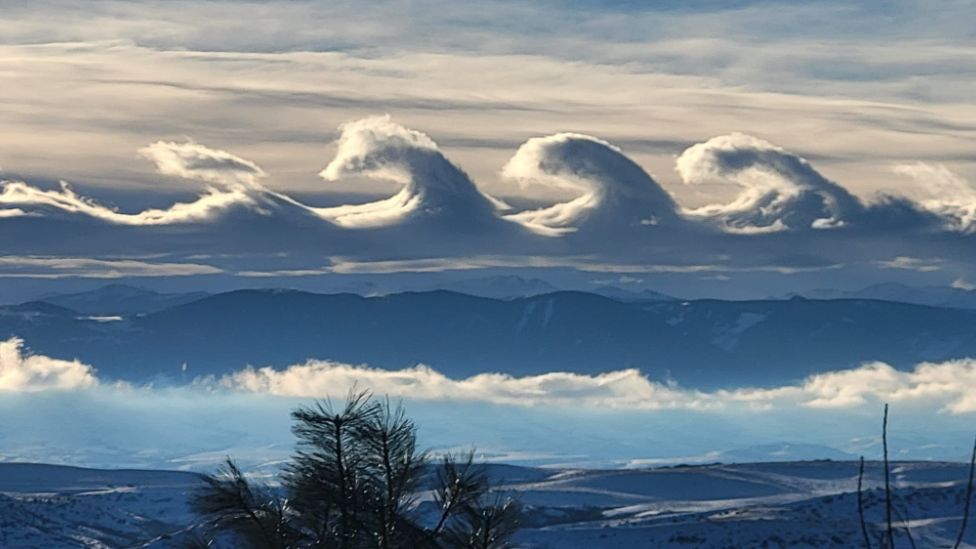
Source: Rachel Gordon / Facebook via BBC: https://www.bbc.com/news/world-us-canada-63912257
The Hydrometeorology Group website (https://hydrometeology-group1.weebly.com/kelvinndashhelmholtz-instability.html) reports, “Kelvin-Helmholtz clouds are the product of a strong wind shear. Wind shear refers to the rate of change of wind speed, or wind direction, over a set distance. The formation of Kelvin-Helmholtz clouds requires the presence of two vertical air layers of different densities that travel at different speeds. The upper layer must be the warmer and less dense of the two. Given a great enough wind shear, eddies will develop where the two air layers meet.”This type of process is illustrated in the following diagram.
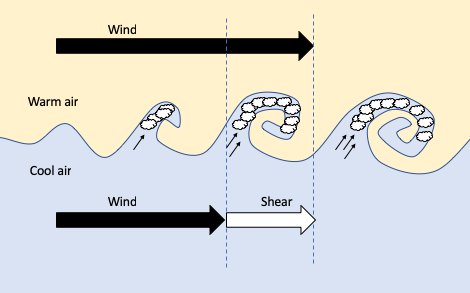
Source: SKYbrary (https://www.skybrary.aero/articles/kelvin-helmholtz-waves)
You’ll find more photos and details on Kelvin-Helmholtz clouds in the following March 2022 EarthSky article, which notes that Kelvin-Helmholtz formations also can be observed at the interfaces of some cloud bands encircling Jupiter and Saturn: https://earthsky.org/earth/kelvin-helmholtz-clouds/
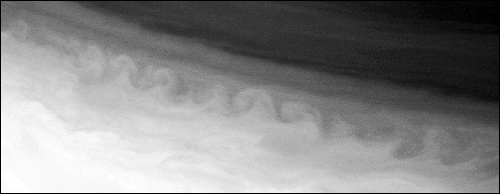
Source: Astronomy.com (https://astronomy.com/news/2004/10/turbulent-clouds-and-a-rock-steadied-ring
Could Kelvin-Helm clouds have been the inspiration for Vincent Van Gogh’s post-impressionistic masterpiece, The Starry Night, which he painted while recovering in an asylum in Saint Rémy (Provence) France in June 1889?
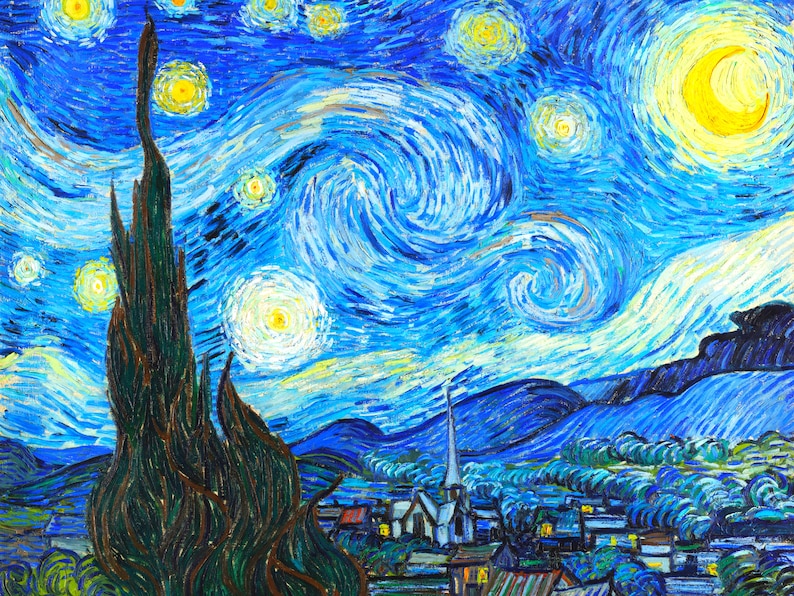
For more information
- “Kelvin-Helmholtz Waves,” SKYbrary: https://www.skybrary.aero/articles/kelvin-helmholtz-waves
- “Kelvin-Helmholtz clouds look like ocean waves,” EarthSky, 29 March 2022: https://earthsky.org/earth/kelvin-helmholtz-clouds/
- Ian Livingston, “Astounding wave clouds surge over Wyoming’s Bighorn Mountains,” The Washington Post, 8 December 2022: https://www.washingtonpost.com/weather/2022/12/08/kelvin-helmholtz-wave-clouds-wyoming/